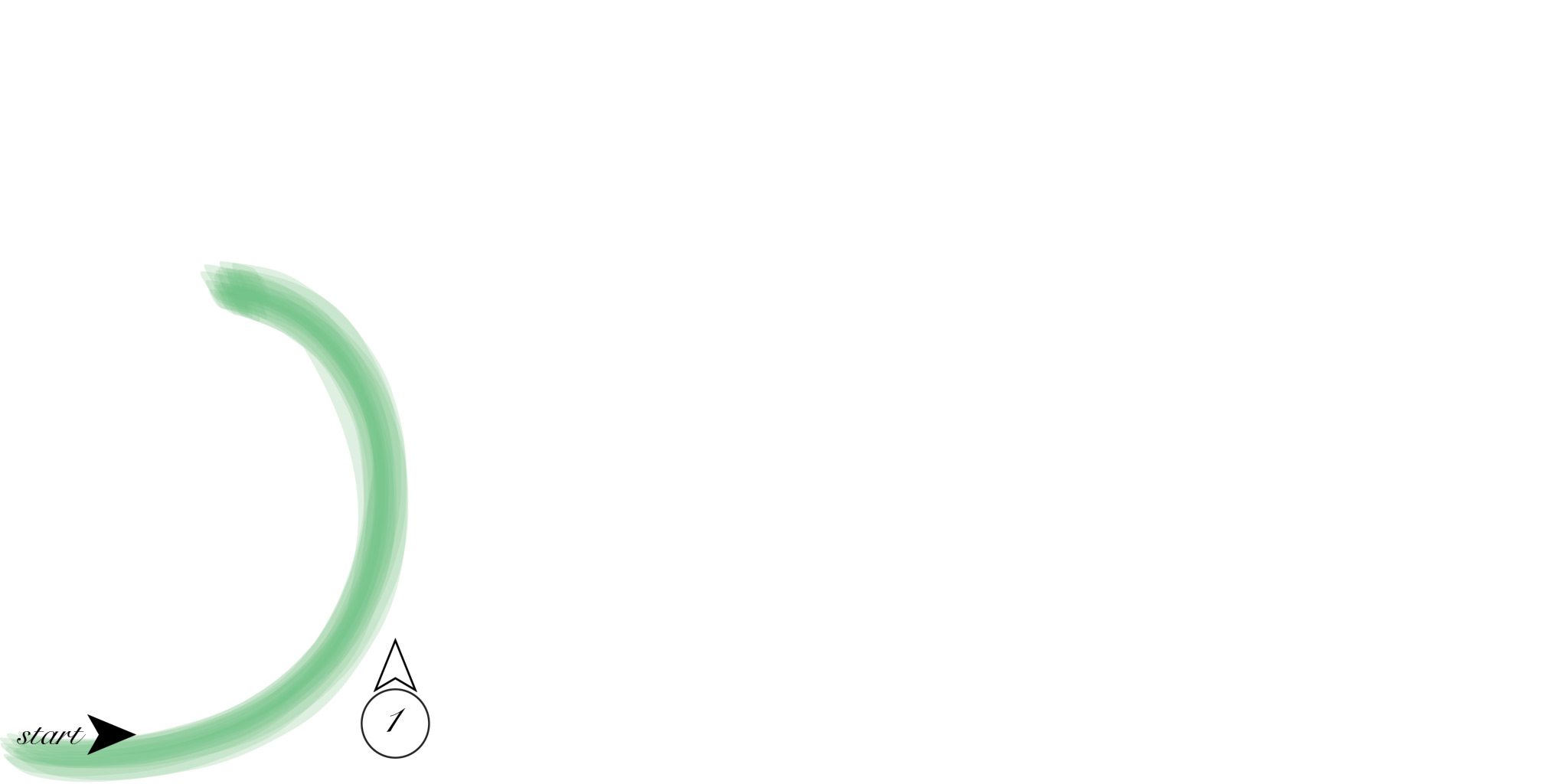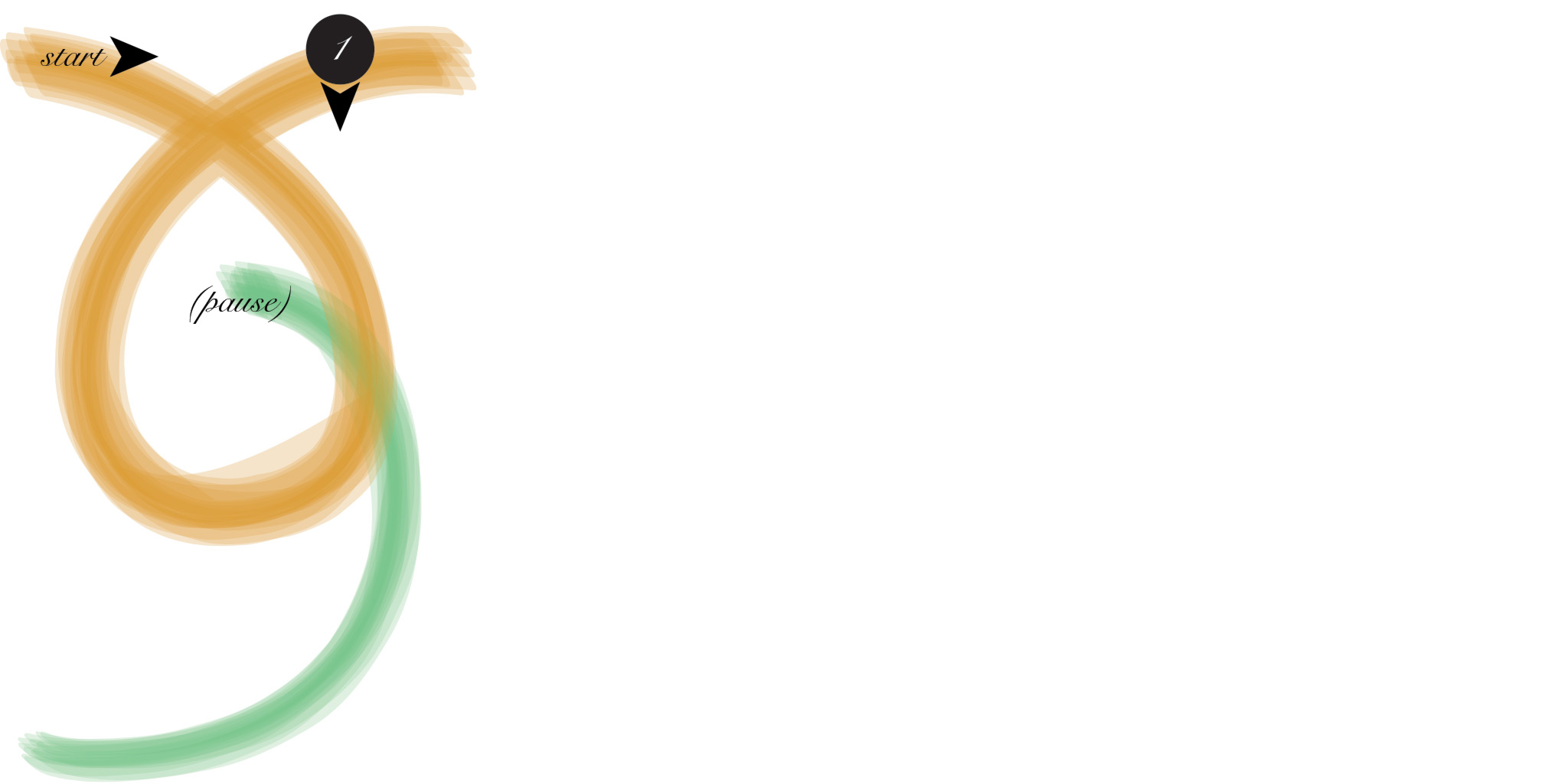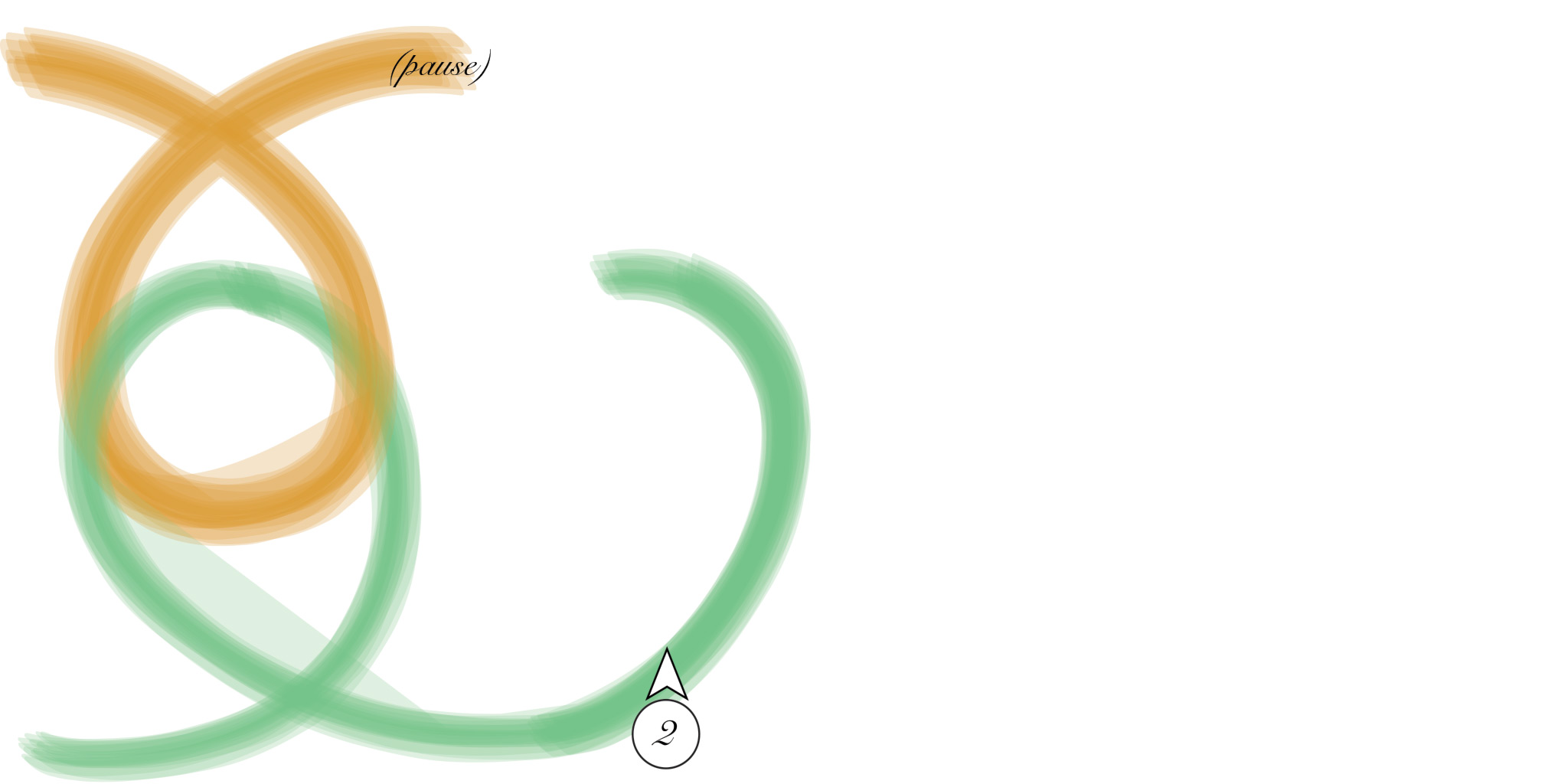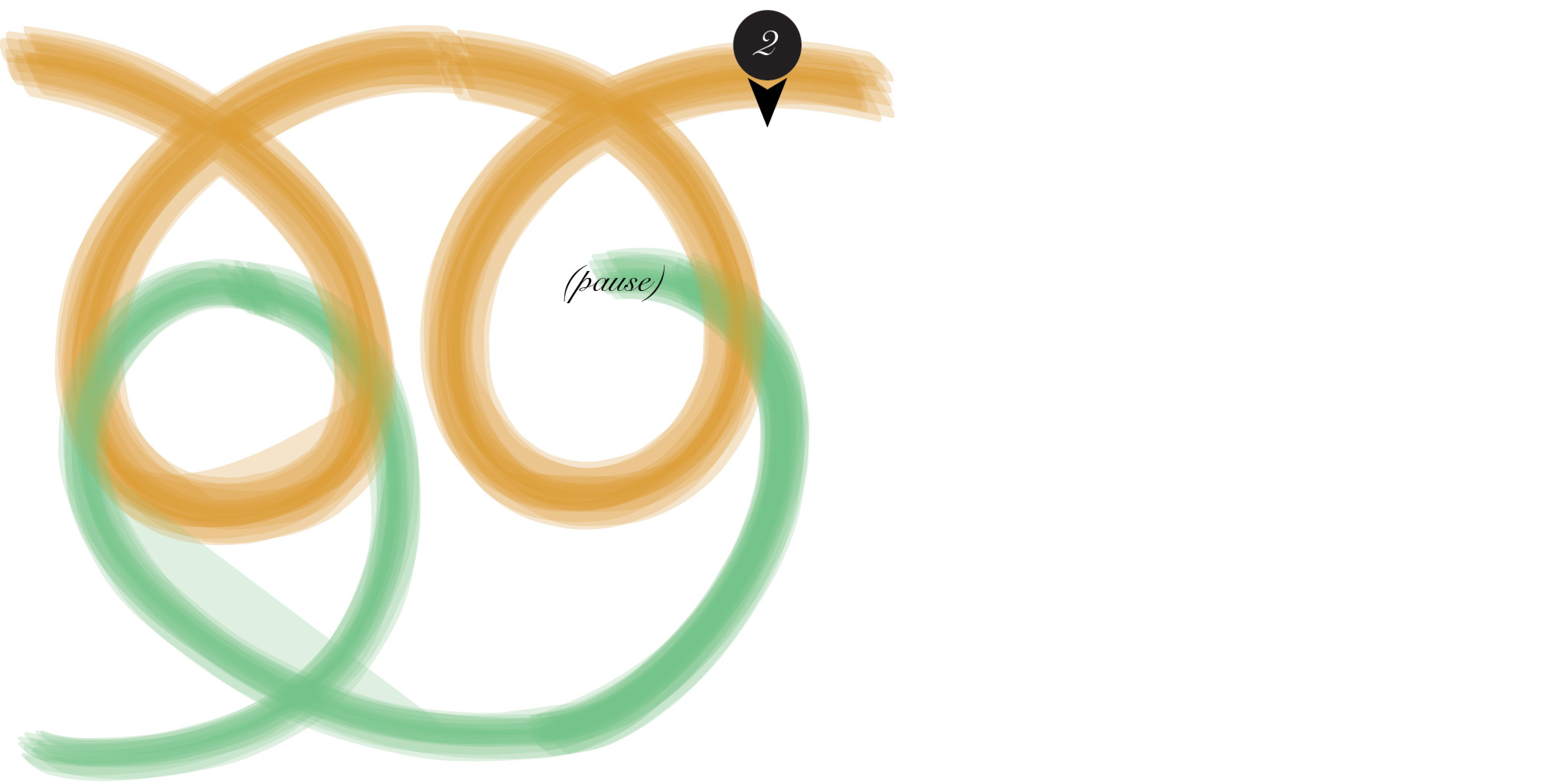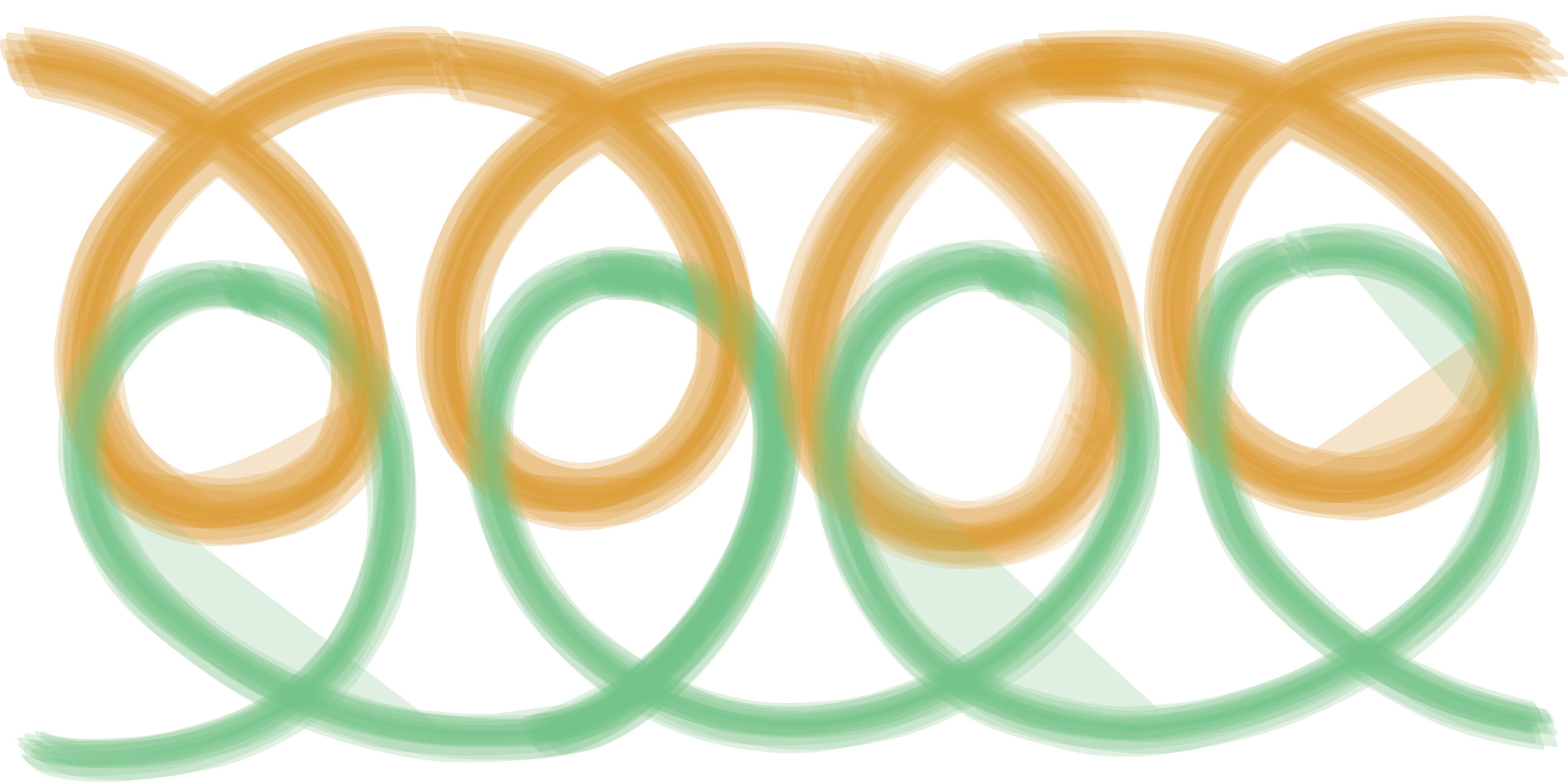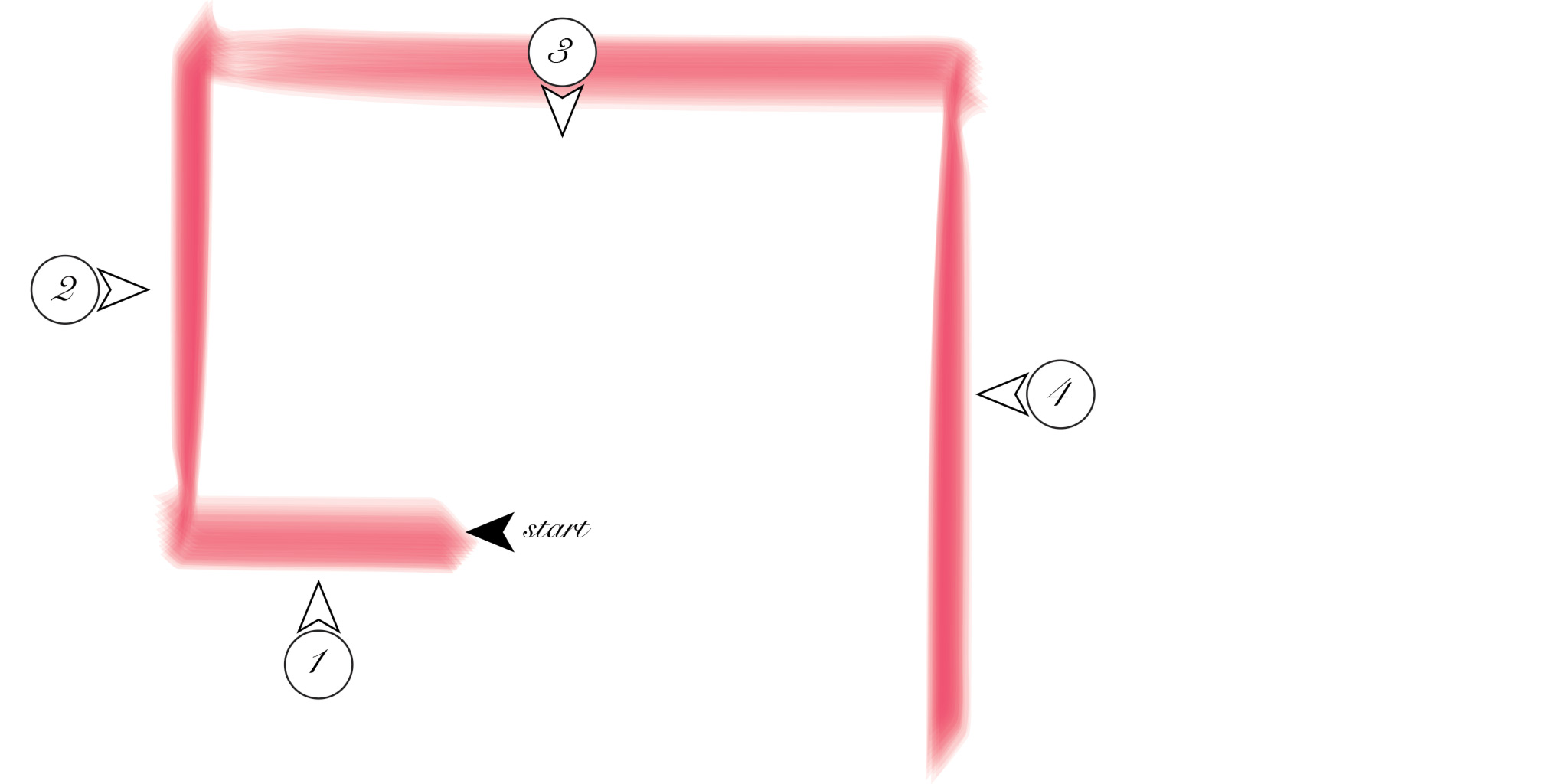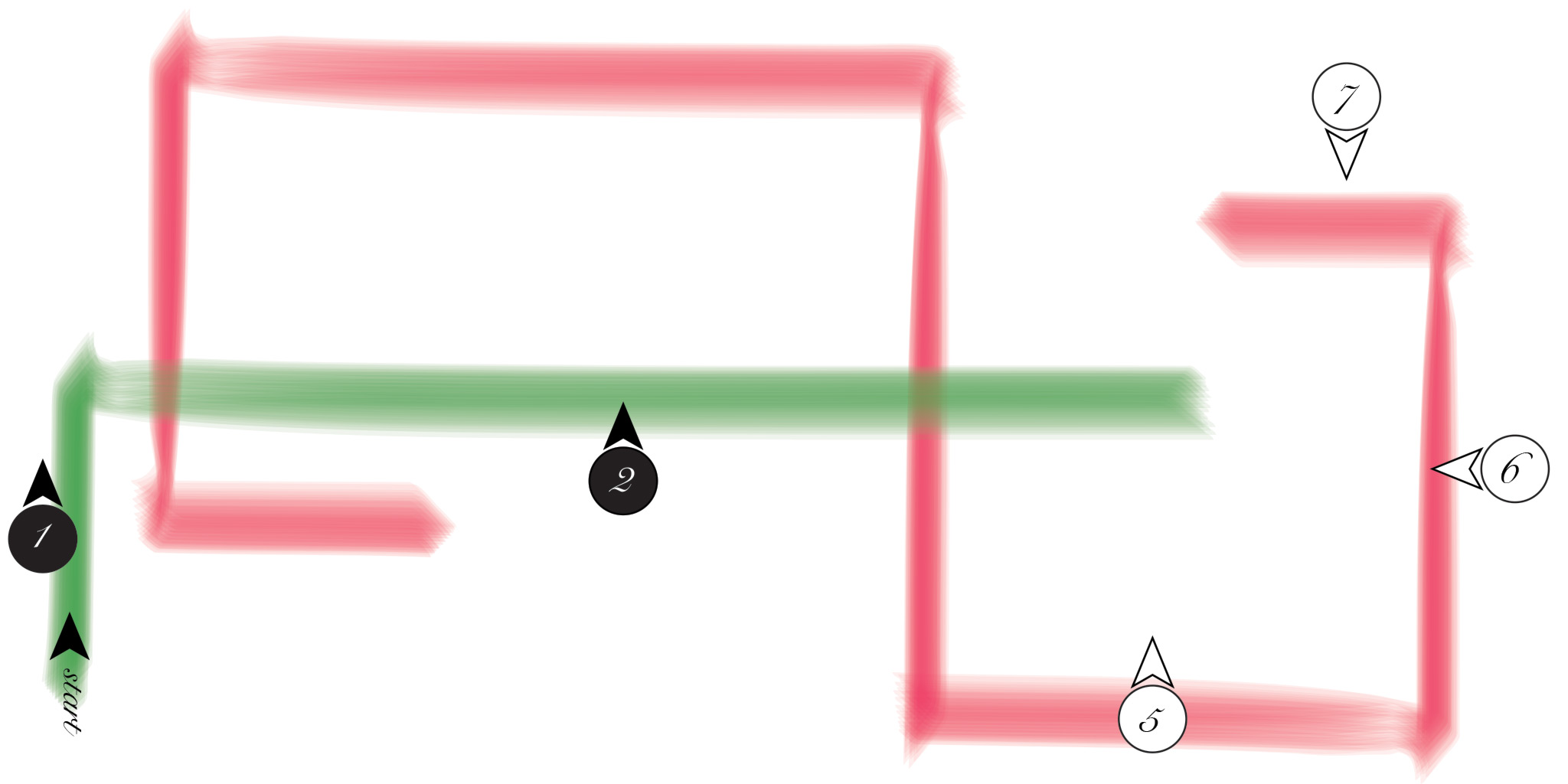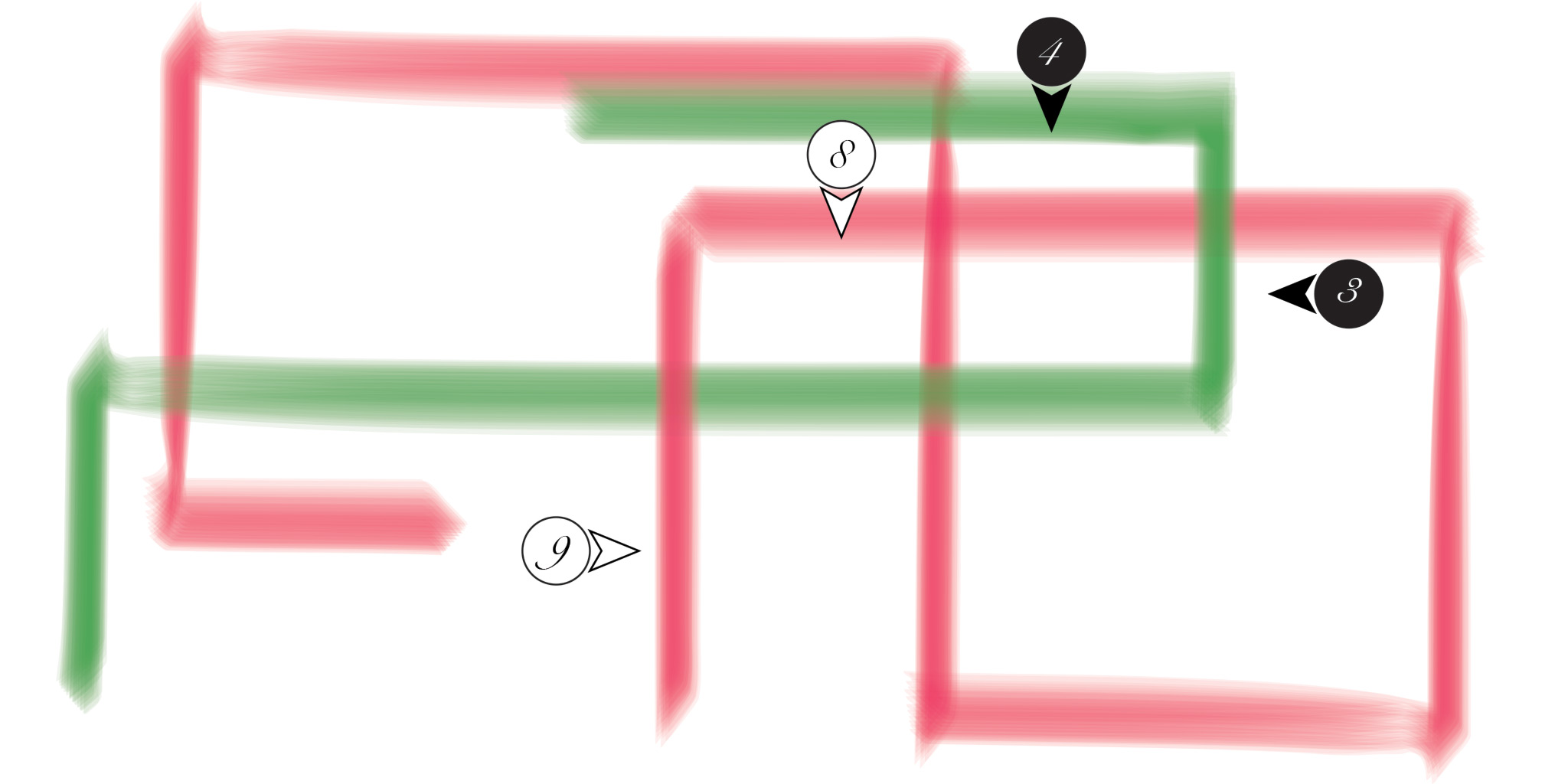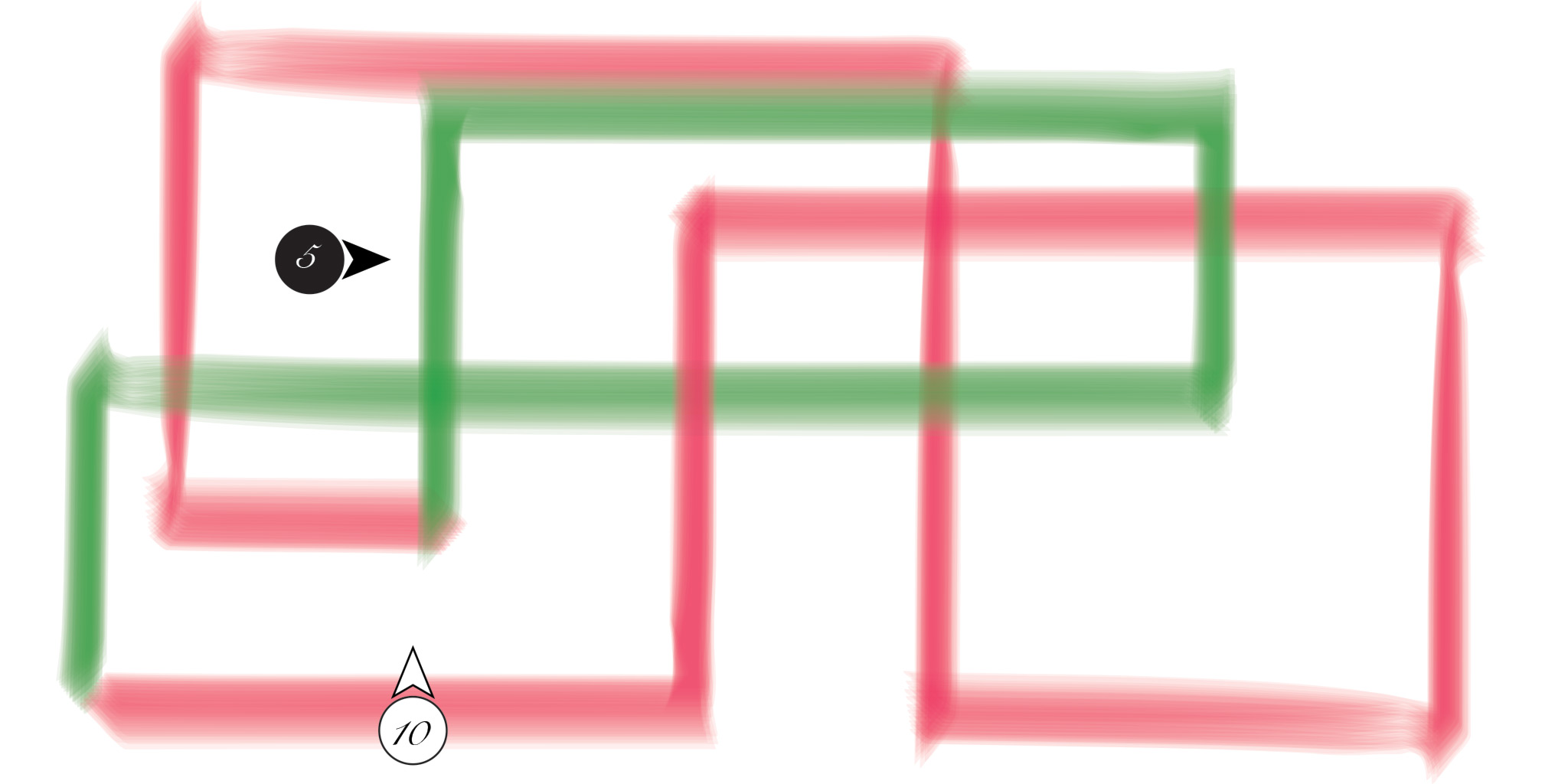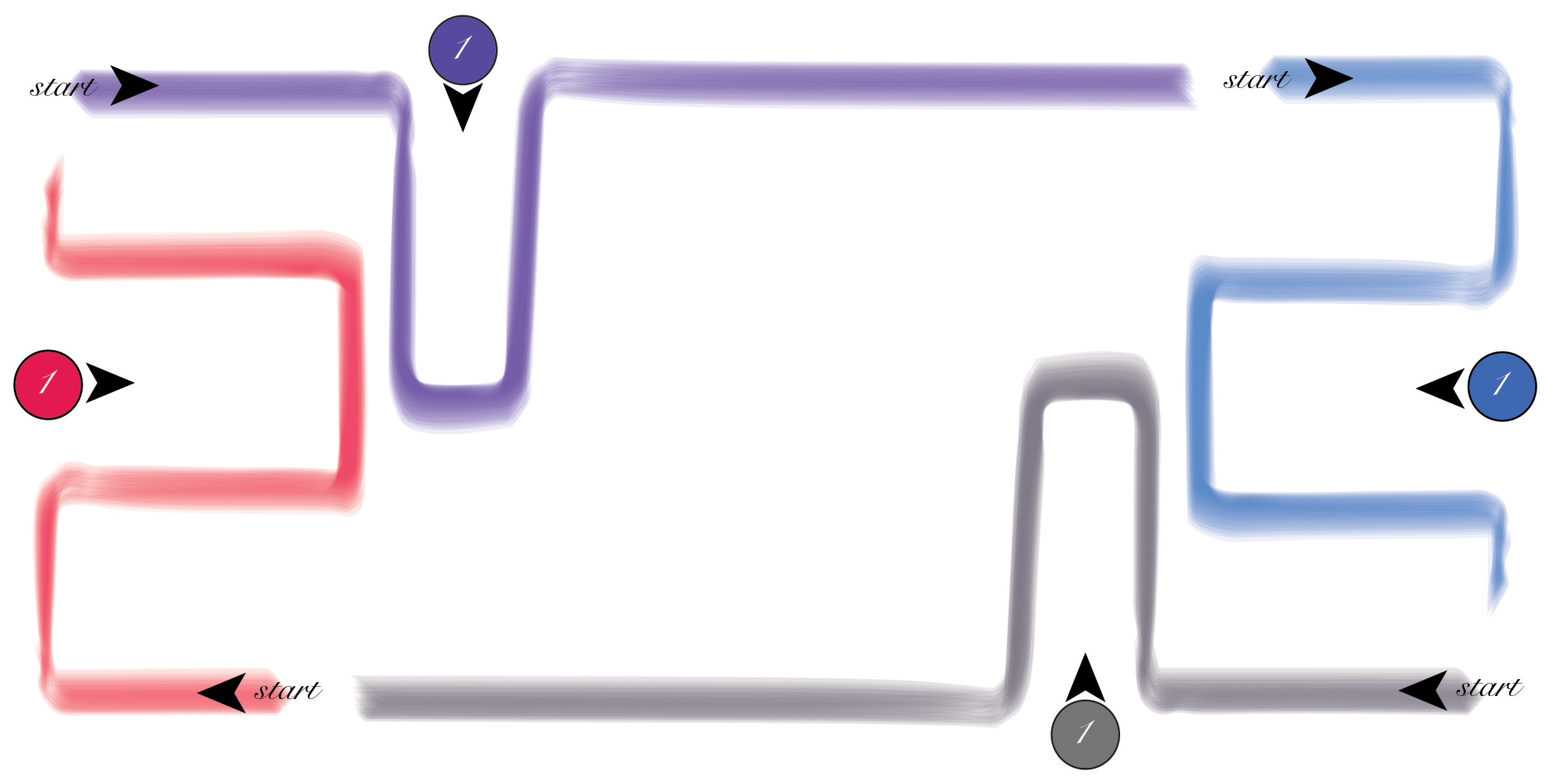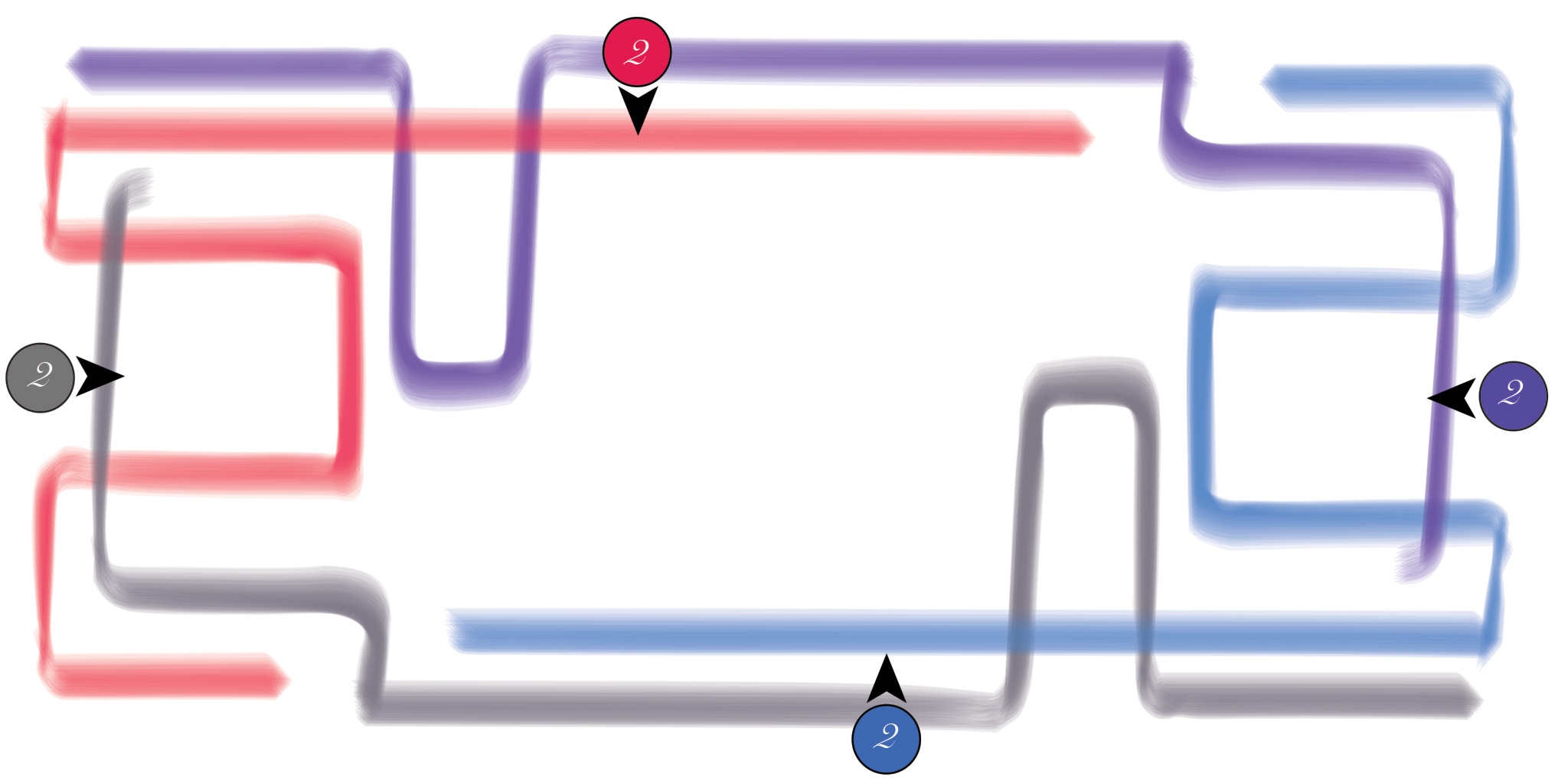æ
Exercises
Exercise for Urban AreasRemote Choreography
News Papers
Rumpelstiltskin-ing
Mycological Provisions
Tailoring a Conceptual Experience
Image to Body
Play by the Rules
The Excluded
The Fall of the Studio (And Others)
An Exercise in Automatic Writing
River Crossing Puzzle
The Circle Game
What is School For?
Copyright It
On Half-Blind Drawing
Book Drop
The Sentence
The Tour Mindset Exercise
Hey Student & Hey Teacher
Art Proposal Thought Exercise
Diary Exercise
The Reception Game
Banner Drop
Instructions for an Unexpected Absence
The YES! Principle
Tight Doorways Into Big Rooms
25 Ways to Make Love to the Earth
Singing Rocks
Listen ’n Speak
49 Ways to Change Your Home
Parliament Debate
Collage Scavenger Hunt
Tuned in: Listening and Thinking-Out-Loud Together
Art in a Time Like This
On Making Things From Scratch
Starting Out
Notebook Exercise
Hallucinations Without Drugs
The Human Camera
To Get Away from the Romantic Idea of the Individual
Senses and the Soundscape
Participatory Reading Event
Always Try and Read Something Beautiful on Waking, First Thing
Unspoken Projection Between Strangers
Something Old, Something New, Something Borrowed, Something Blue
All Ears Workshop
Drawing Exercise
Mental Exercise / Mental Pause / Mental Force
Lines Into and Through Head-Space
L
Make a Space
Time Totem
Tilting Time – An Exercise for the Mind
Play by the Rules
A series of exercises inspired by Bernard Frize
Prerequisite
You will need to be two or more to perform those exercises.
Supplies
A dozen of large rectangular blank canvas or paper, at least one meter of length and seventy centimetres of height
A couple of flat brushes, at least four centimetres wide
Liquid coloured paint in a an array of colours
Diagram index
Numbers: The numbers indicate the movement succession while the arrows above illustrate the facing points of each participant when painting.
Start: Beginning of the design
Pause: The brush is not moving, but stays in contact with the canvas surface.
Note: The diagrams colours are only indicative.
Exercise 1 (For Two Persons)
Performing these movements, the two painters will move along side opposite sides of the table
Primary Movement : The first participant performs a sweeping motion in the shape of a loop, starting at the bottom left corner of the canvas and grazing its surface with a brush imbibed with paint. He stops when reaching the acme of the curve without resting or pressing the brush against the canvas, but maintaining it in its grazing position at all time, always in contact with the surface.
Secondary Movement: Then the second participant with a similar brush, imbibed with a contrasting coloured paint, start a similar motion from to top left corner of the canvas and delineate a full loop, then he rests its brush without lifting it.
Tertiary Movement: The first participant resumes the tracing of its curve, complete a full loop and carry on tracing with its brush, making a start on a second loop until he reaches a similar position to the one in movement 1 and stops its motion.
Further Movements: Participants 1 and 2 carry on the cycle of movements 1 2 3 until the canvas is filled.
Exercise 2 (For Two Persons)
The pointing arrow above the number indicates where the participant body faces towards, while the numbers refers to the succession of movements.
Primary Movement: Performing this four times movement, the first painter will need to move his body by walking around the four sides of the table. The starting painter, standing at the bottom left of the working table, begins by tracing a straight line from its original position towards the left edge of the canvas. When he reaches a distance of approximately 15 cm to the left edge, he carries on tracing a straight line, without lifting its brush, in parallel to the left border. When he reaches 5 cm to the top edge, he changes the direction of its brush, always in contact with the canvas surface, and carries on drawing with a straight line, this time parallel to the top canvas border until he reaches the 2/3 of the canvas surface, at which point he will lean forward and trace another vertical parallel to the short canvas sides.
Secondary Movement: The second painter joins the first one and starts tracing a line parallel to the short border from the bottom left corner of the surface. When it reaches the middle of the canvas he changes direction and continue with its brush horizontally towards the right. All the while, the first painter continues its drawing, delineating a square shape with three consecutive lines following the bottom, the right side then the top side of the canvas.
Tertiary Movement: By that time, the second painter is able to cross above the first painter trace by leaping toward the top edge of the canvas with a short vertical and immediately turn left, running his brush alongside the first painter already there top brushstroke. Meanwhile the first painter continues. After finishing its square, turn back straight to the bottom of the canvas.
Quaternary Movement: At the same time, the first painter runs its brush along side the bottom edge to meet the position where the second painter started, while the second painter descend vertically to join the end of its brush stroke with the first painter starting point.
Exercise 3 (For Four Persons)
This exercise is for four participants who will all paint simultaneously each facing one of the four table edges, tracing straight lines. They will move around the working table clockwise at the same time.
Primary Movement: The painters facing each other are drawing symmetrically the same design with contrasting colours. The two painters standing by the short side of the table start tracing an undulating line from their right corner, keeping all the angles 90 degrees. At the same time, the two painters by the longer side of the table, start at their right corner and trace a line alongside the border of the canvas with one narrow step up and down. All the painters should reach their left corner areas at the same time and carry on tracing with their brush, while moving alongside the table.
Secondary Movement: The two painters that were facing the shorter ends of the table are now facing its longer sides and simply trace a line above the ones already there from right to left. The other two, placed on the shorter sides, raise their drawing lines and curve them along to avoid touching the other painter starting points in their drawing. Then they cross over the existing lines to end in the nesting gap inside the previous looping line.
Tertiary Movement: As the painters move again around the table to change sides, the painters initially on the shorter sides are now back on opposite shorter sides and trace an undulating line insinuated in between the gaps of the existing lines, following their contours and crossing them, to finally end where the other two painters started. The other two traces, higher above, the same line design they followed on the first movement and finish with one diagonal, travelling above the existing lines, and closing the drawing on the other two painters starting points.
Exercise 4 (For Two till Eight Persons)
Prior to this exercise, you will need eight different paint colours prepared and eight different brushes. The participants move around the table one by one choosing the most convenient sides to carry out their drawing.
Primary Movement: The design is a simple grid of criss-crossing lines, one colour at the time. One first line is traced where the number one is indicated, running along side the canvas longest side.
Secondary Movement: In a contrasting colour, two strokes are performed crossing over line 1 perpendicularly, from top to bottom, where the numbers 2 are indicated on the diagram.
Tertiary & QuaternaryMovements: A new horizontal line is traced further down, number 3 on the diagram, always from left to right. Then a vertical numbered four is traced from top to bottom.
Further Movements: The participants carry on filling the grid andz interlacing their lines, following the numbers order indicated in the diagram until the surface of the canvas is filled.
